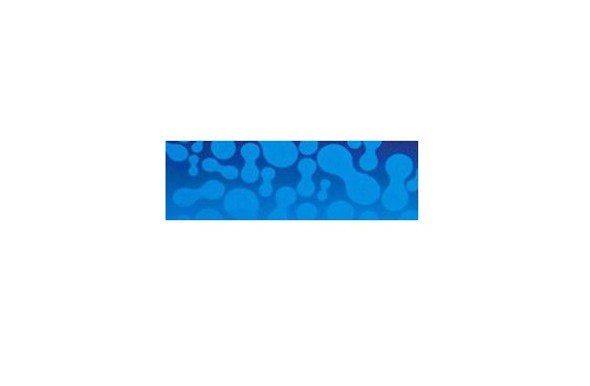Description
Rat Articular Chondrocytes | CP-R092 | Gentaur US, UK & Europe Disrtribition
Abbreviation: R-AC
Organism: Rat
Tissue Type: Skeletal system
Tissue: Articular cartilage tissue
Cell Type: Chondrocyte
Growth Proprieties: Adherent
Medium: CM-R092
Ratio: 1:2-1:3
Renwal: Every 2-3 days
Background: Rat articular cartilage cells were isolated from articular cartilage tissue. Articular cartilage belongs to hyaline cartilage. Its surface is smooth, light blue and shiny. It is a basic frame composed of a special type of collagen fibers called dense connective tissue. This frame is semi-circular, similar to an arched goal, with the bottom end tightly attached to the underlying bone and the upper end facing the articular surface. This structure enables the articular cartilage to be tightly combined with the bone without falling off. At the same time, when under pressure, it can also be slightly deformed to cushion the pressure. Among these fibers, chondrocytes are scattered. The chondrocytes are gradually composed of flat to elliptical or round cells from shallow to deep. These cartilage cells maintain the normal metabolism of articular cartilage. Articular cartilage has no innervation and no blood vessels. Its nutrients must be obtained from the joint fluid, and its metabolic waste must also be discharged into the joint fluid. The nutrient metabolism of articular cartilage must be stimulated by pressure through joint movement, so joint movement plays an important role in maintaining the normal structure of articular cartilage. Articular chondrocytes are located in the articular scartilage lacuna. Naive articular chondrocytes are located on the surface of articular cartilage tissue. They are distributed individually, small in size, and elliptical. The long axis is parallel to the articular cartilage surface. The deeper the articular chondrocytes gradually increase in volume, they are round, with round or oval nuclei, lightly stained, weakly basophilic cytoplasm, and a common number of lipid droplets. More mature articular chondrocytes are distributed in groups of 2-8 in articular cartilage lacuna. These articular chondrocytes are formed by the division and proliferation of the same mother cell, which is called homologous cell group. Under the electron microscope, articular chondrocytes have protrusions and folds, and there are a large number of rough endoplasmic reticulum and developed Golgi complex and a small amount of mitochondria in the cytoplasm. In the tissue section, the articular chondrocytes shrink into irregular shapes, and a large space appears between the cartilage sac and the cells. Articular chondrocytes cultured in vitro are of great significance for studying their physiological functions, drug effects and pathophysiological changes under the action of various pathogenic factors. The rat articular chondrocytes produced by our company are digested with collagenase combined with neutral protease. The total number of cells is about 5×10^5 cells/vial. The cells are identified by type II collagen immunofluorescence, and the purity is more than 90% without HIV-1, HBV, HCV, mycoplasma, bacteria, yeast, and fungi, etc.
Delivery: 4 weeks






